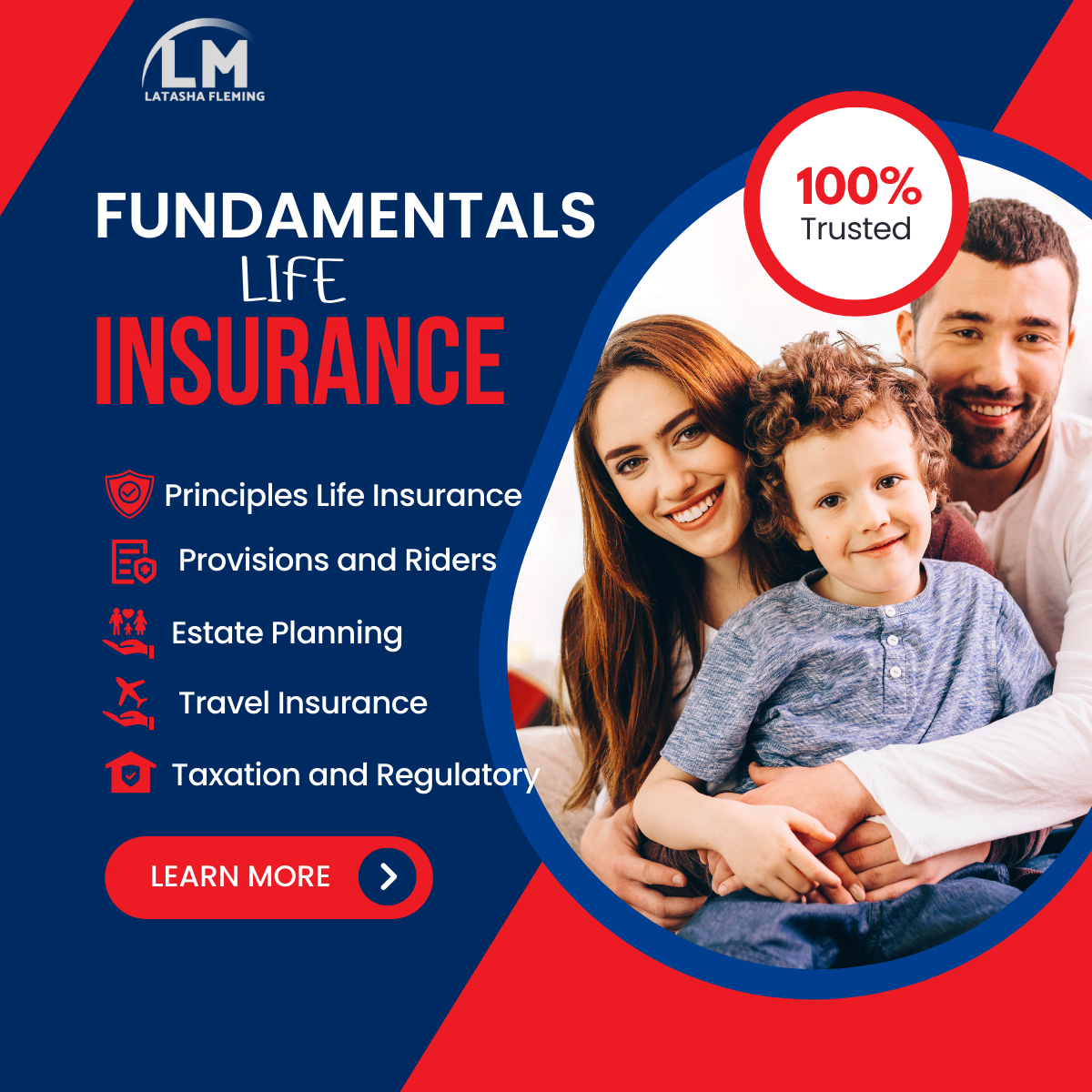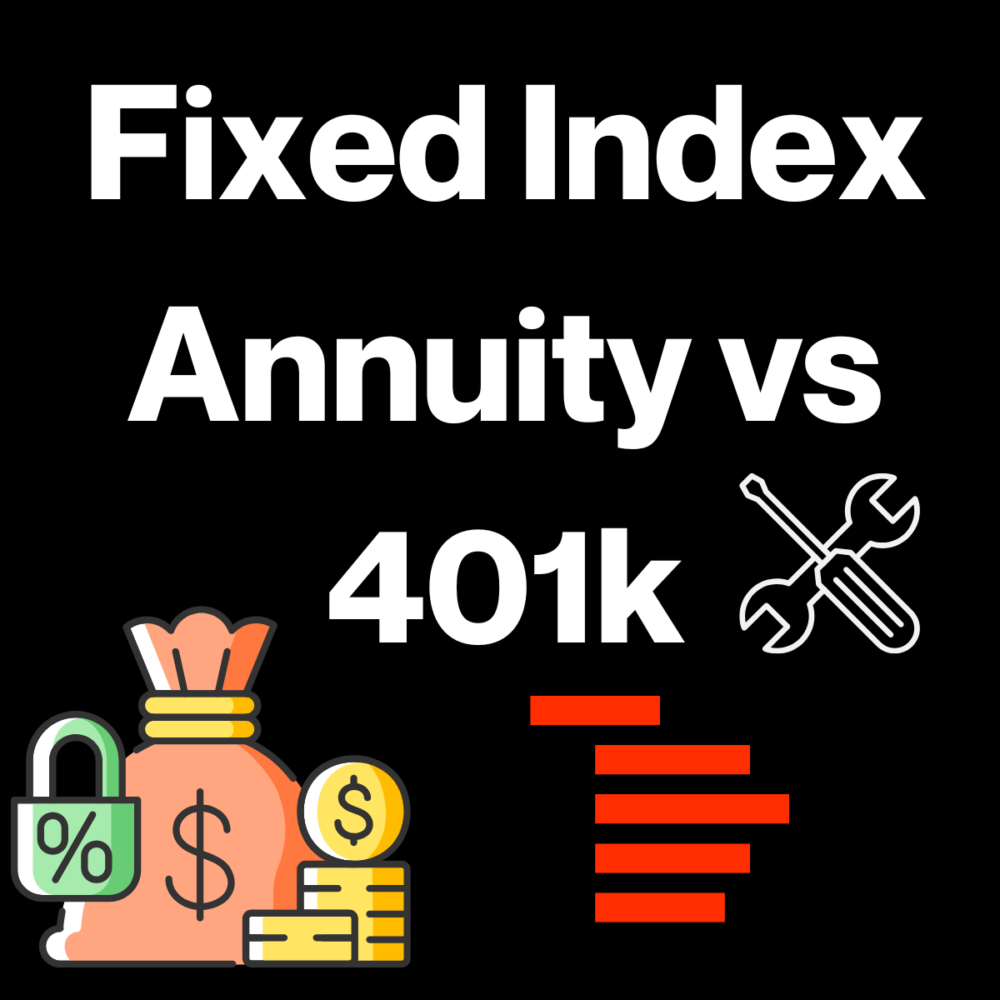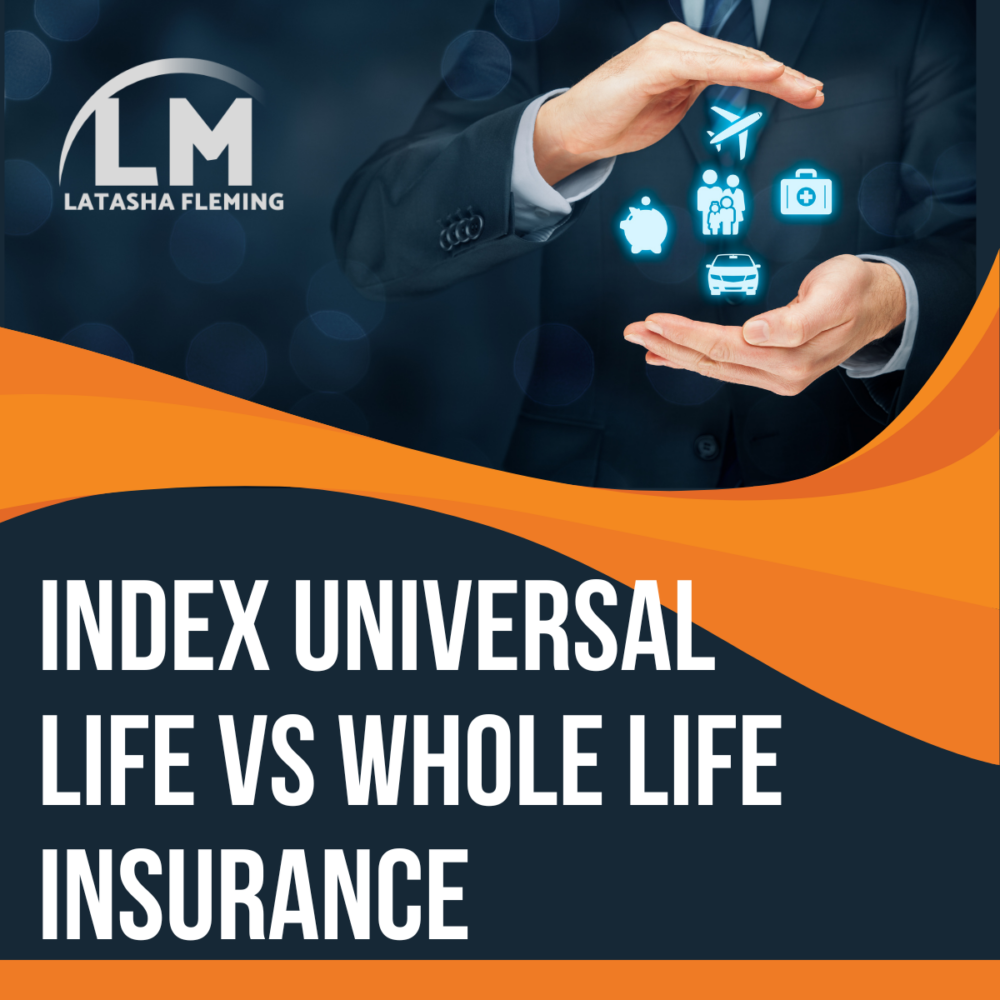Description
Course Intro and Description
- Overview: This course offers a detailed introduction to life insurance, covering its principles, products, policies, and the regulatory environment. It is designed for individuals seeking to understand life insurance for personal or professional purposes, with an emphasis on practical applications and career development in the insurance industry.
Chapter 1: Introduction to Life Insurance
- Overview: Introduction to the concept of life insurance, its purpose, and its role in financial planning. This chapter covers the history of life insurance, its importance in risk management, and how it provides financial security for individuals and families.
Chapter 2: Understanding the Principles of Life Insurance
- Overview: Examines the fundamental principles behind life insurance, including risk pooling, insurability, moral hazard, and the law of large numbers. This chapter will also explore the concept of premiums and how insurance companies determine the cost of coverage.
Chapter 3: Introduction to Life Insurance Products
- Overview: A detailed look at various types of life insurance products, including term life, whole life, universal life, and variable life insurance. This chapter explains how each product works, its benefits, and when each is suitable for different needs.
Chapter 4: Understanding Underwriting and Risk Assessment in Life Insurance
- Overview: Explains the underwriting process, the factors insurance companies use to assess risk, and how they determine eligibility and premium rates. Key concepts like medical exams, lifestyle factors, and family history will be discussed.
Chapter 5: Understanding Life Insurance Policy Provisions and Riders
- Overview: Covers the core provisions of life insurance policies, including the beneficiary designation, contestability period, grace period, and more. Also discusses riders that can be added to policies, such as accelerated death benefits, waiver of premium, and accidental death riders.
Chapter 6: Understanding Claims and Settlements in Life Insurance
- Overview: Focuses on the claims process, from the initial notification of death to the final settlement. This chapter will cover the role of beneficiaries, the claim documentation required, and common reasons for claim disputes or denials.
Chapter 7: Taxation and Regulatory Framework in Life Insurance
- Overview: Discusses the tax implications of life insurance policies, including tax-free death benefits, tax-deferred cash value growth, and other related tax considerations. This chapter also covers the regulatory environment and the role of state and federal agencies in overseeing life insurance markets.
Chapter 8: Understanding the Relationship between Life Insurance and Estate Planning
- Overview: Explains how life insurance is integrated into estate planning strategies, including its role in wealth transfer, tax minimization, and providing liquidity to estates. This chapter will also discuss strategies like irrevocable life insurance trusts (ILITs).
Chapter 9: Emerging Trends in Life Insurance
- Overview: Looks at the latest trends and innovations in the life insurance industry, such as digital insurance, insurtech, health and wellness integration, and the shift toward more flexible, customizable policies. Discusses how these trends are shaping the future of life insurance.
Chapter 10: Exam Preparation and Review
- Overview: A comprehensive review of all the key concepts covered in the course. This chapter will include practice questions, quizzes, and tips for preparing for exams or certification tests related to life insurance. It will also provide resources for continued learning and professional development.








Reviews
There are no reviews yet.